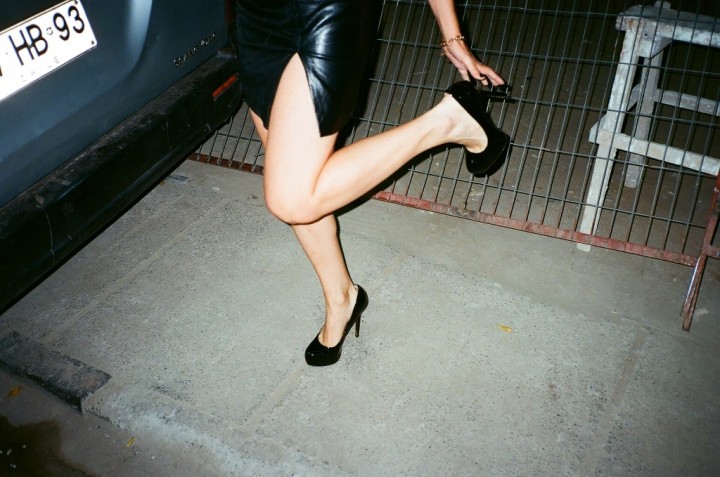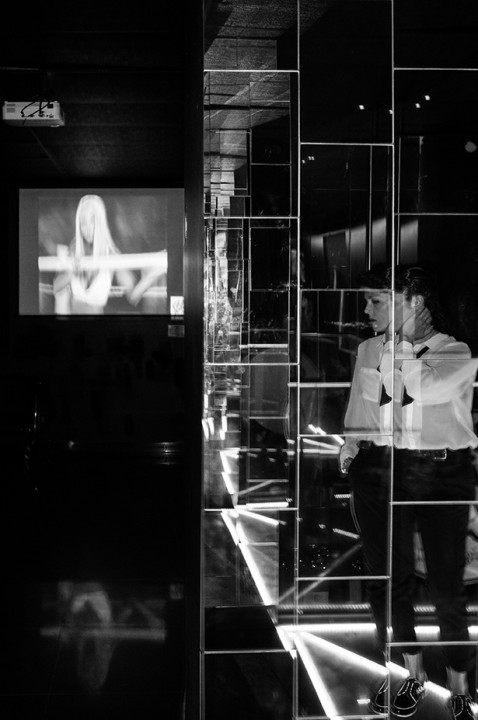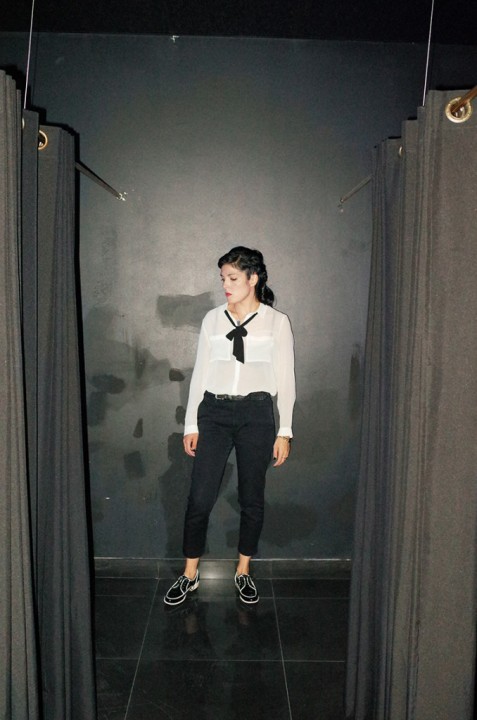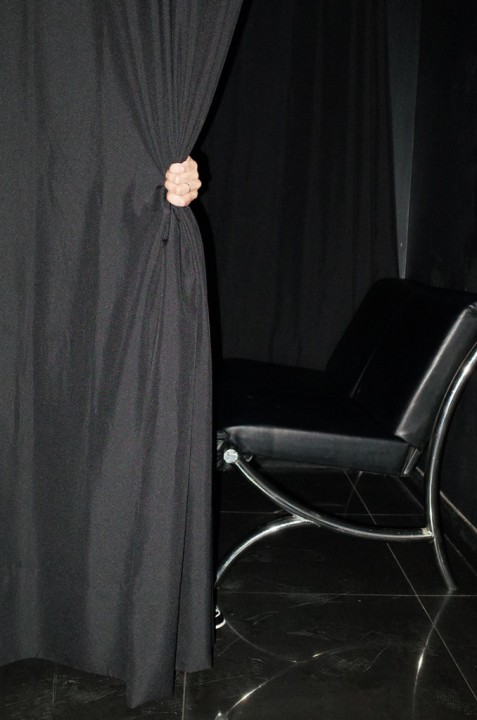We talked with Carla Garlaschi about her essay “How to be Someone: A formula to Conquer the World”. The meeting was at a bar, where we discussed the creative process behind it and what inspired her to write it.
Text & interview: Carolina Martínez Sánchez | Images: Emilio Marín | Translation: Ana Rosa Ibañez
The hilarious postmodern success that glorifies the egos seems to be posible to achieve. Trace a plan, each on its on way; take advantage of someone here and there. Skip certain details, spice up absurd trifles. Multiply oneself and become your own agent, or simply fall into an amnesiac bipolarity that suits a moment’s demands.
How to be Someone: A Formula to Conquer the World, is the essay of the artist Carla Garlaschi, written on 2011. It was first published on 2012 and it her selected work for Rotunda Magazine, regarding her last exhibition in Chile on march, 2015; “How to be Someone” in the framework of the exhibition “Majamama”, curated by Juan Castillo at the Contemporary Art Museum. We scheduled an interview during that same visit. The artist has been based in Sweden since a couple of years now, and being her visits to Chile quite irregular, she hasn’t been able to establish a studio within the country, so we just decided to meet at a bar in Santiago and have a bottle of some fine wine to boost the conversation. She has never worked in a proper studio, she confesses, rather she turns the passing scenes into creative environments.
Bangs, black hair, red lips and a necklace in the shape of what seems to be a butcher’s knife falling on a white shirt. We start with a bottle of cold wine, and the words start pouring out of us. We commence a trail from what was basically her departure from Chile to the point when “How to be someone” was conceived and then put into words.
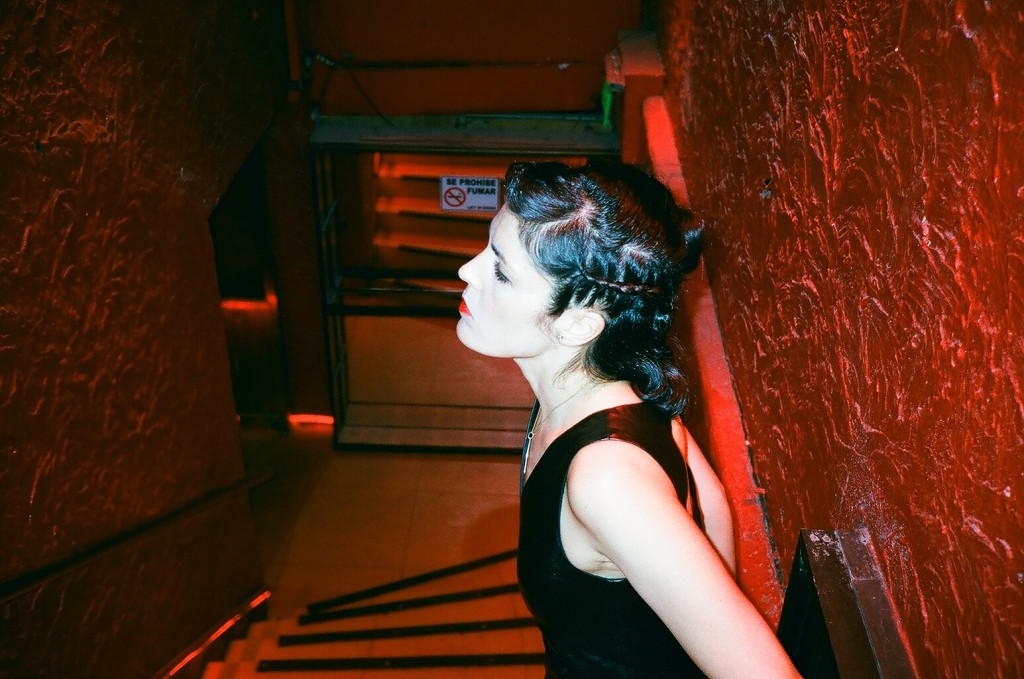
Carla Garlaschi dedicated many years to painting and, being in Sweden, the shapes and elements of her work were exacerbated from the metaphor to create sarcastic and colorful visuals. Plastic metaphors that within their own limits, no longer agreed with what Carla needed to say, explore and configure.
At the same time, there was certain dislocation towards her environment, because of which a new language became inevitable. She found a more direct one, but that still didn’t detach from irony. New stories were written and new ways of investigation, some as particular as doing field studies on her own self. Many times is more pertinent (or just more fun) taking notes from a close range, so you can identify different situations to represent a personage or créate a character. Going to parties of anonymous people or doing a circuit of art openings, wearing your shiniest and most eighties-looking dress (or maybe a masculine suit) would allow to determine the variety in the conduct and behavior of others when they were dealing with spontaneously invented characters.
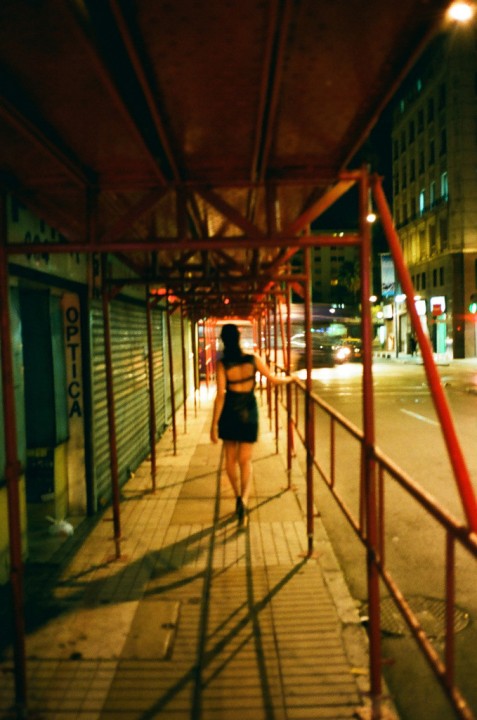
Inside of this sort of momentary disassociation, Carla travelled to Chile on June 2011 to write what would be this project.
In a way, it was an intent to suffer her sorrows in cold weather, or enjoy them; and from this sort of catharsis, achieve the production of the document.
During that winter, the beginning of the text “Venus in Furs” of Leopold von Sacher-Masoch would become one of the detonating inspirations for the essay:
“I don’t remember exactly when I decided to write this manual, but I do remember being in a crossroad and coming to the conclusion that risking it all was the only possible way ahead – with a number of parties in between-.”
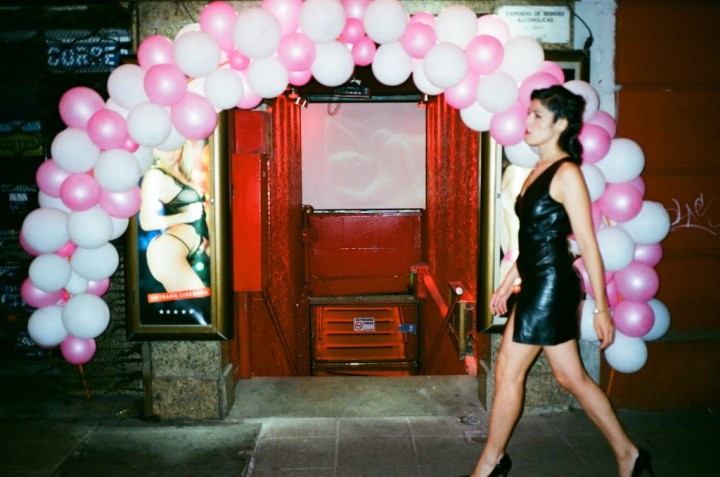
That moment would not only be of inspiration and creation, but it was also necessary to turn it into a routine: get up, eat breakfast, take the bus to Campus Oriente of the Católica University, watch some classic Italian film, read in the library. Have lunch and then, work in the essay. Focusing in this routine became an obsession, and the writing went even further than the rigorousness in which it was performed. Even after some night out she would return to sit by the stove, were a new manner and thoughts would flow from the experiences acquired during the day. Altered moments in which paradoxically, your mind can understand better in the vigil than during the day, where the individual’s perceptions and interactions with others appear to happen in just one level. New and various layers emerge to configure specific narratives on how to approach conducts and relations. Substrata of a peculiar clarity where truth seems to connect just in a few vertexes. Sometimes you don’t need more than that. Thus, inspiration can reference a social scene where characters and roles are assigned.
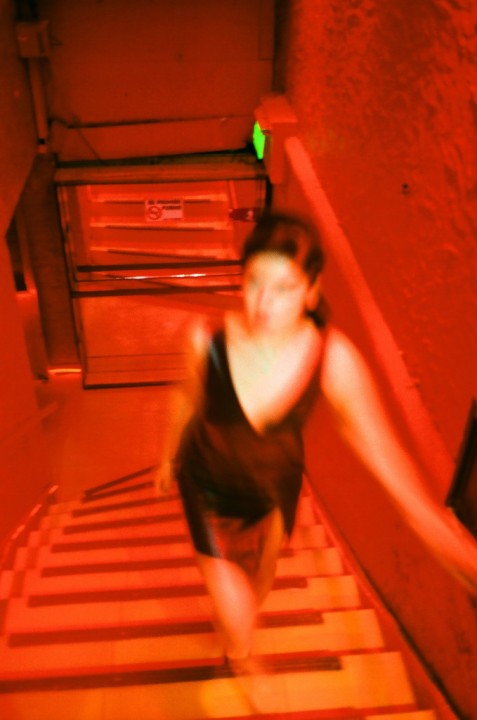
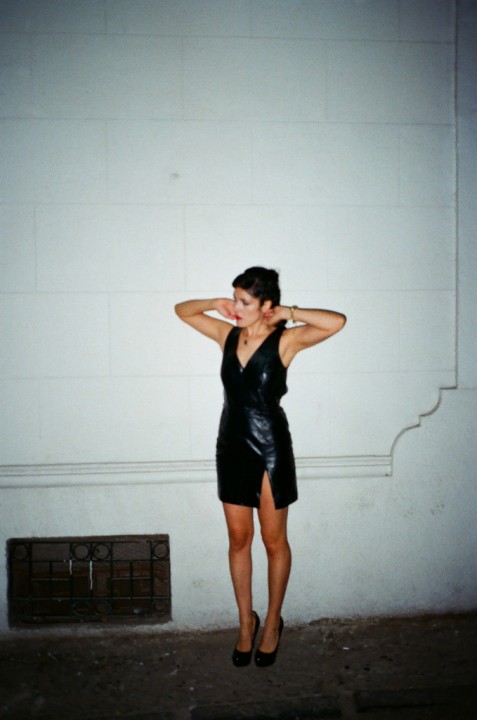
New winds would come to Carla from literature, with “The Rum Diary” of Søren Kierkegaard, Friedrich Nietzsche’s “Beyond Good and Evil”, “Pornotopia. Architecture and Sexuality in “Playboy” during the Cold War” written by Beatriz Preciado and “Literature and Evil” of the author Georges Bataille, among others.
Certainly, the topics and dialogue frames of these lectures might find a common denominator or could be installed within the same scheme or thinking structure with a scene yet to be described; but created from fiction. Looking, reading and investigating about behaviors and external moralities from individuals and groups, were part of Carla’s methods of study, or rather, became in strict praxis for the themes in which they are used. This doesn’t mean that her art proposes an ethical task, or political speech:
“The moralistic pamphlet kind of art does not interest me… the politically correct work might work for some, but not for me. I find this kind of art assigns you and ideological burden upon which is hart question anything beyond its borders. I guess somebody has to make that kind of art.”
The particular place from where Carla questions morality – not trying to give a lessons on how to practice it, but searching deeply into variety, levels and games given from and within it – can exist reversely:
“I experience a certain guilt being an artist, always dedicating time to something somewhat useless or absurd. Does it or doesn’t it help? Limits can be diffuse, specially here in Chile.”
“How to be Someone”, presented as a recipe bereft from ethical indicators in order to get to the subsequent purpose, might be criticized. A critic not lacking on sanity, being impossible to resist the satire of this “quest for success”, describe by Garlaschi in an exquisite rhythm.
It’s funny how many different positions that exist facing this formula, which is defended as an irony in our times. Sarcasm is always conceived in truthful place.
Defining and describing the contemporary bourgeois optimism with a cadence both elegant and amusing, unveiling the tricks used to invent apparent realities that allow “being someone”, is the game where everyone is ready to participate. But, not having the same kind of token puts you on the risk of staying outside the Monopoly of the Gorilla; system where relations and dynamics are linked in the lowest level and represent new forms of Chichadelic, an amusing set of behaviours and folk-chic customs that we can find around the corner. Contingency doesn’t need to be discussed either. Gonzo Engineering is the only necessary discussion, being a study of new paradigms for subjects as seen and as everyday as her own pixel portraits. Enthusiastic and uninformed construction to get to the vulgar success that everyone’s avoiding. Prostituted systems and identities that look and reflect upon each other.
This formula described by Carla was written not without a certain amount of mordacity, building up a fractal scenario from fiction, and, as a reflection to evaluate de mediocre but dominant social system, not looking to be a messianic criticism, nor less a diagnosis. If it appears as a parody to the contemporary social map, or to certain dialectics inherited from a system that’s now out of fashion and the importation of the Anglo-Saxons ways and dynamics, that we can hardly apply to a weak national reality.
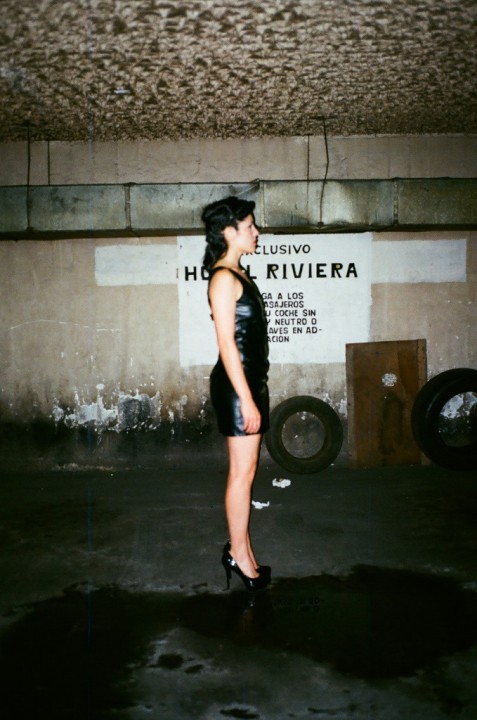
Working in this essay was a tortuous process for Garlaschi, but that didn’t keep her from experiencing an elevated kind of joy (just like the tortuous joy described by the romantics). The work’s process and production still are very enjoyable for her. The discomfort referred by Carla, comes from always forcing herself to her limits. To show her work, the final piece, demanded some exposure, not from a personal perspective but requesting a certain vulnerability coming from the artist. Exposing yourself to it being a complete failure or having the expected outcome. In her opinión, when the expectation nos what he or she is facing, hey might appreciate a good work, and when it is a good work, you can immediately identify it. Besides, there is always room for personal interpretation. Carla believes in the freedom within this act, and in the existence of different layers for assimilation.
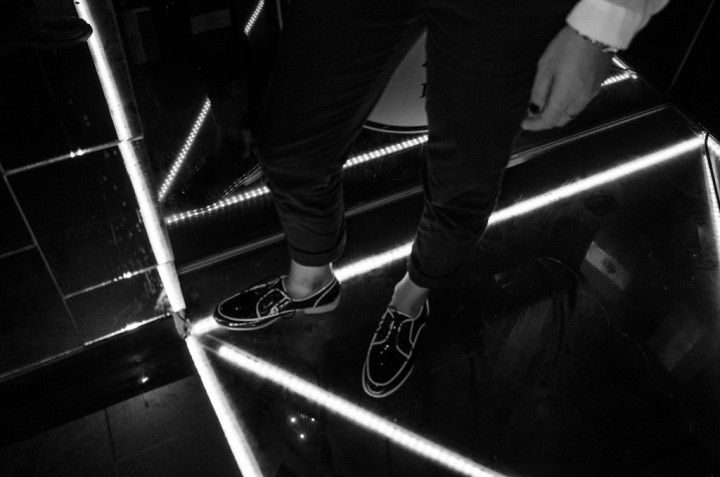
“How to be Someone” was almost finished on the plane back to Sweden, and then completed with some other elements. One part were some footage recorded during a later trip to Chile: How to make it in the International Art World? / TVN Chile and The Rhythm I Want. In these, we can observe monologues inspired from Kierkeggard’s “The Rum Diaries”, having identified with the constant search of the being.
There, the character that narrated and described the road to success, was fully digested and integrated. The footage added to the essay would be an updated vision of the formula.
It was first published independently in Sweden during 2012. It had a second edition with Public Library, a chilean editorial, and a year later in Santa Cruz, Bolivia, in the context of the opening of Kiosko Gallery. The presentation in Chile had to wait until march this year, for the exhibition Majamama in the Contemporary Art Museum:
“It’s a text I’ve been saving since 2012. Now it’s here. It has performed as a great filter that allows in unbiased people, and leaves out the frightened and offended that rather throw stones at me.”
Carla had been having doubts about the reception and perception of the essay in her own country, because the spanish version is somewhat rougher and rawer than the “pseudo-academic” english version. But once she assumed the character and her speech, the fear was gone:
“That is existence as an experiment; adapting, and then forcing yourself to leave the comfort zone.”
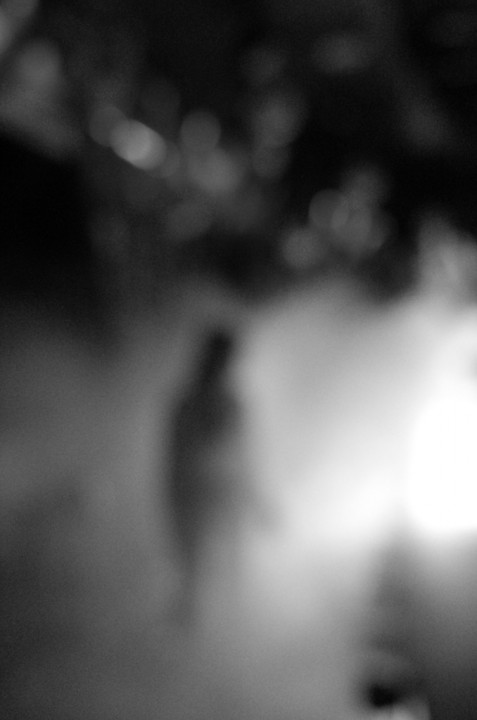
A simulation of reality, characters that orbit around Carla’s creative strength, each one of them performing a mismatch in decadent scenarios; an empty parking lot, a street in Santiago’s center by night, an alley, a private club. At the same time the lights and decoration of these scenarios represent an ornament that create a new fiction, the crossing of both worlds or both fictions end up building the perfect stage to make Carla’s portrait.

 Español
Español
